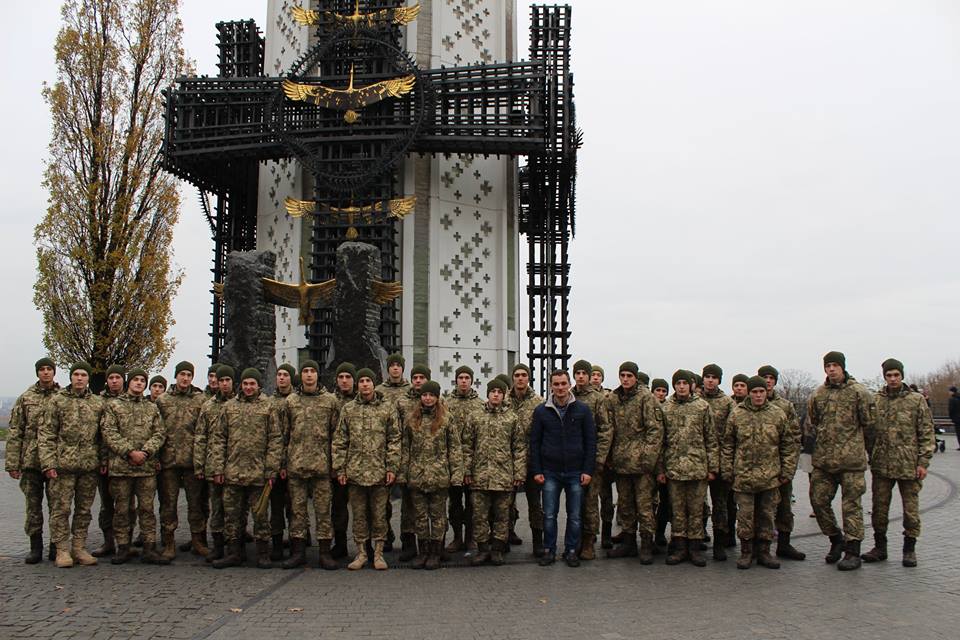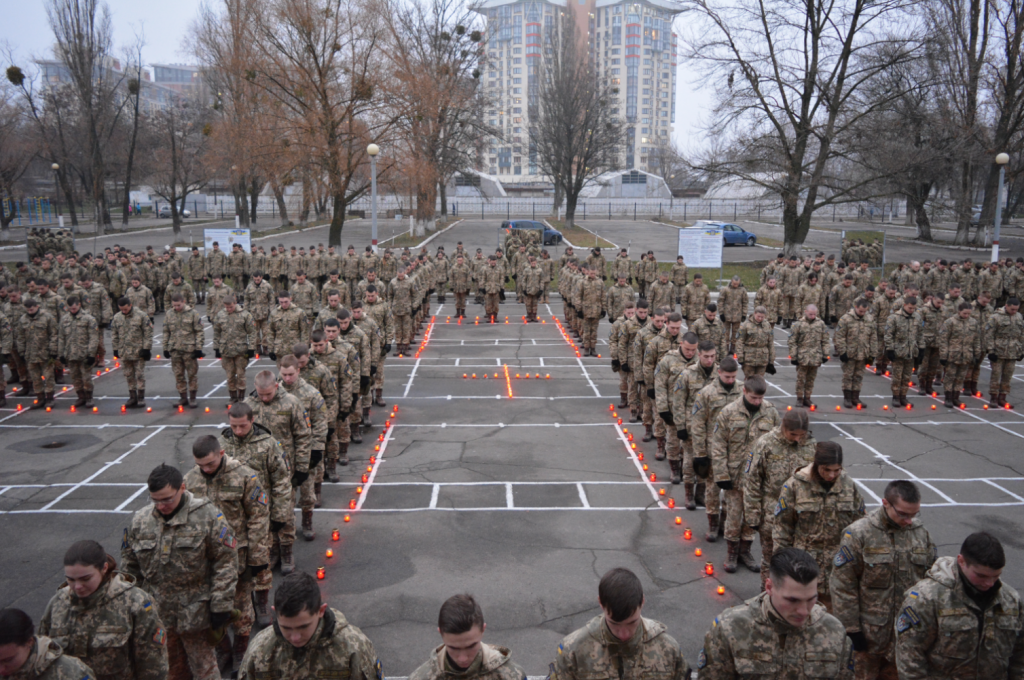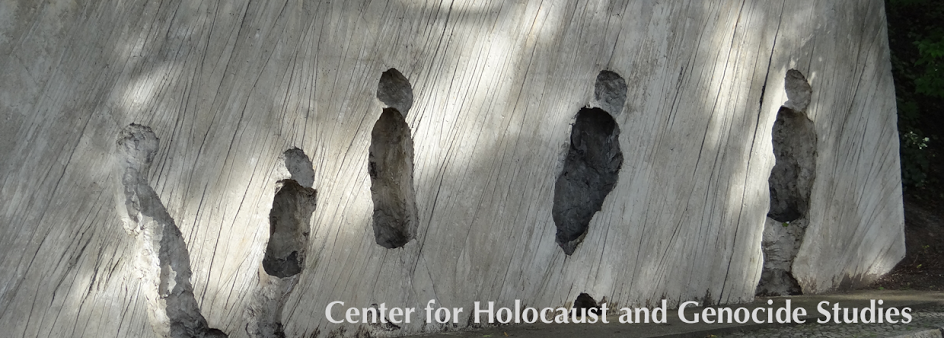The academic field of genocide took a comparative turn in the 1980s, thus setting the stage for its modern disciplinary character. Contemporary genocide studies is characterized by a growing overlap between scholarly and advocacy efforts, especially seen through a modern emphasis on preventing future genocide by flagging gross violations of human rights as they happen in real-time. As another outgrowth of this comparative turn, the historical record—particularly during the twentieth century—was re-examined. This “second look” has resulted in several previously overlooked cases, including the 1930s Ukrainian Holodomor (“death by hunger”), gaining increased research visibility. Ukrainian independence in 1991 resulted in the de-classification of previously hidden governmental records of this Soviet forced-famine under Joseph Stalin, and slow-but-steady translations of this evidence continues to allow for wider international research accessibility.
The seizure of Ukraine’s Crimean peninsula by the Russian Federation in 2014 and the ensuing outbreak of armed conflict by Russian-backed separatists in eastern Ukraine have added urgency to understanding the Holodomor and its impact on modern Ukrainian-Russian relations. While 20th century Ukrainian history is marred with an almost unimaginable series of tragedies, from Nazi occupation to the Chernobyl nuclear disaster, the Holodomor remains a key catastrophic watershed in the eyes of many Ukrainians. In short, the Holodomor refers to the human-caused famine under Stalin’s forced agricultural policies which claimed millions of lives in a single calendar year. Determining the precise number of casualties is impossible due to poor state-level record-keeping in Soviet Ukraine and other challenges of historical reconstruction; however, most estimates range between 2.5 to 7 million victims. At its essence, the case for the Holodomor as an act of genocide stresses that induced starvation was used as a weapon to specifically target Ukrainians for destruction in response to the political aspirations of the Ukrainian people for an independent nation.
Given that the death toll and displacement flows associated with the contemporary conflict are more likely to be the result of military artillery than famine, why do some modern Ukrainians frequently mention the historical Holodomor tragedy as leading in a direct line to the present violence? While any such answers are complicated, responses to this question frequently highlight commonalities of violence motivations and actors, even as the methods of violence have shifted. Pointing to the Soviet Russification policies that accompanied the Holodomor deaths, some Ukrainians point to the Holodomor as historical confirmation that Russia—past and present—is threatened by an independent, prosperous, and democratic Ukraine. Ukraine’s daily Kyiv Post also reported that leaked diplomatic cables indicate Russian pressure on Ukraine’s neighbors not to officially recognize the Holodomor as genocide.

These symbolic battles remind of the colloquialism often attributed to Mark Twain that while the past may not repeat, it can certainly rhyme. A series of visits by uniformed cadets to the National Museum “Memorial to Holodomor Victims,” including the Military Institute of Telecommunications and Information (picture 1), as well as memorialization activities from Ukraine’s military institutes themselves (e.g., picture 2), is but one indication of Ukrainian decision-makers connecting memories of the past to realities of the present. Although some scholars warn that drawing direct historical analogies can be fraught with oversimplifications, the current political moment in Ukraine invites us to consider not only whether the past repeats itself but also how sociopolitical dynamics can be driven in positive or negative ways by the belief that history is repeating itself. A scholarly approach that addresses how perceptions of current national crises and historical legacies of genocide overlap, interact, and influence one another remains needed. Ukraine offers a fascinating analytic case for scholars who seek to understand this overlap, as well as an urgent moral dilemma for all working in mass violence prevention.

Kristina Hook is doctoral candidate in anthropology and peace studies at the University of Notre Dame, and she is a Fellow with the National Science Foundation’s Graduate Research Fellowship Program (NSF-GRFP). For her dissertation, Kristina is conducting fieldwork in Ukraine on the violence dynamics of the Soviet-era Holodomor mass atrocities and how this legacy continues to ripple across modern Ukrainian society, funded through a USAID/Notre Dame Global Development Fellowship.

Comments 1
Karen Ann Elizabeth Loe — March 11, 2018
This is both concerning and fascinating in its "designation' of the Holodomor as in theory comparative studies in reality of memory, the impact of truth and a look at past and present, politics,society and change.